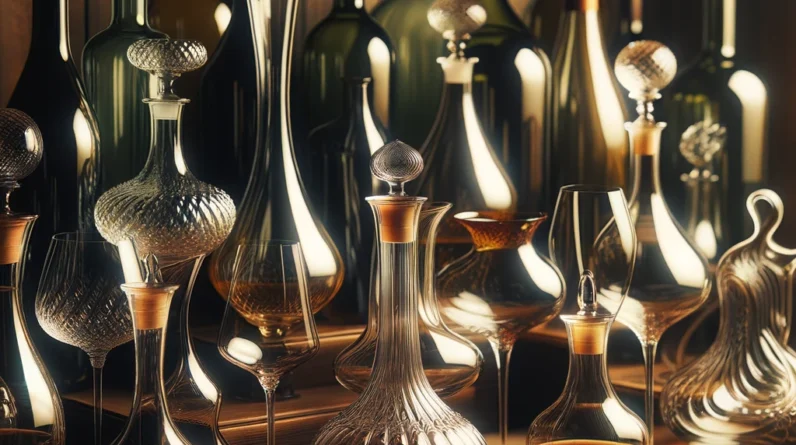
You’ve seen it.
That label on your favorite bottle of wine that boldly declares: “CONTAINS SULFITES”.
But have you ever paused to wonder what that really means?
Are sulfites the villains of viniculture, or just another misunderstood component?
Let’s uncork the truth.
The Historical Background
Back in the 1970s, wine wasn’t just a delightful drink to enjoy with dinner.
It became a battleground.
Anti-alcohol lobbyists were hard at work, trying to make wines list their ingredients.
But it was only in 1987 that a law slid through, demanding wines with 10 PPM or more sulfites to bear the ominous label.
But here’s the twist – it wasn’t about health. Nope.
It was all about creating a smokescreen to deter people from enjoying a glass or two.
Comparing Sulfites in Foods
Brace yourself.
The dried apricots you munch on?
They’re bursting with more sulfites than that bottle of Chardonnay.
And those crispy French fries from your favorite diner?
They’ve got around 1900 PPM of sulfites. Shocked?
So were we. It’s not just them, though.
Everyday items like pickles, your beloved pizza crust, and even certain painkillers aren’t left behind in the sulfite race.

Why the Sulfite Scare in the 1980s?
The ’80s weren’t just about neon colors and funky music.
There was a genuine sulfite scare.
A sudden surge in sulfur allergic reactions had everyone on edge.
It was like waking up one day and finding peanuts in nearly everything.
The reactions? Alarming.
But here’s the thing – just because peanuts could be a threat to some doesn’t mean everyone needs to ditch the peanut butter.
So, Should You Be Concerned About Sulfites in Wine?
For those blaming wine for those nasty headaches, it’s time for a reality check.
It’s not (always) the sulfites.
Enter the world of low-intervention wines.
They’re the unsung heroes of the wine realm.
Minimal chemicals. Natural sugars. Authentic yeasts.
And many are “sans soufre”, meaning they kick sulfites to the curb.
So, for the skeptical ones: these wines?
They might just be your savior.
Expert Recommendations on Sulfite Consumption
Even the FDA, the big shots in food and drugs, declare sulfites as mostly harmless.
But they do wave a yellow flag for those with asthma, liver, or kidney quirks.
The World Health Organization?
They’re a bit more liberal, suggesting an average man could enjoy up to a third of a bottle of white wine daily without breaking a sweat over sulfite consumption.
Broader Perspective: Sulfites Beyond Wine
Stepping out of the vineyard, sulfites are everywhere.
From the processed meats in your sandwich, the jams on your breakfast table, to the sauces and baked goodies you relish – they all have a dash of sulfites.
Remember: moderation is key.
The sulfite debate?
It’s been uncorked, aired, and tasted.
So, next time you see that “CONTAINS SULFITES” label, don’t flinch.
Embrace your wine with the love it deserves.
But, as with everything, stay informed and sip wisely.
FAQ:
- What are sulfites?
Sulfites are compounds that can occur naturally or be added to foods and drinks as preservatives. - Do all wines contain sulfites?
Most wines have sulfites, but their levels vary. Some wines, especially low-intervention ones, have minimal to no added sulfites. - Are sulfites the main cause of wine headaches?
Not necessarily. While some may react to sulfites, other components in wine can also contribute to headaches. - How can I find wines with lower sulfites?
Look for “low-intervention” or “sans soufre” labels, or ask at your local wine store for recommendations.
Resources:







